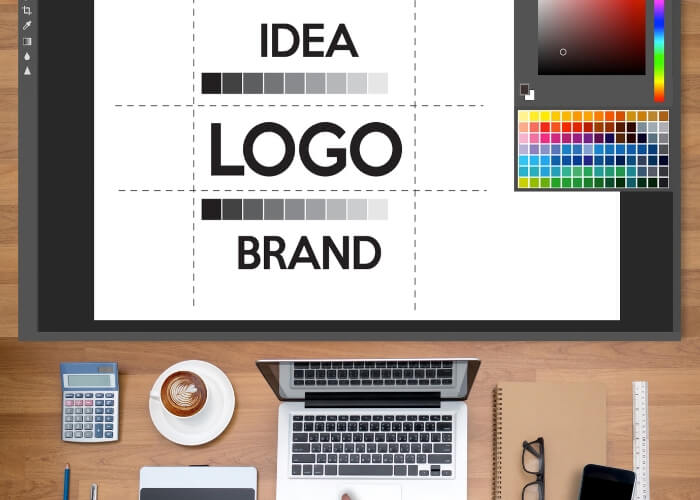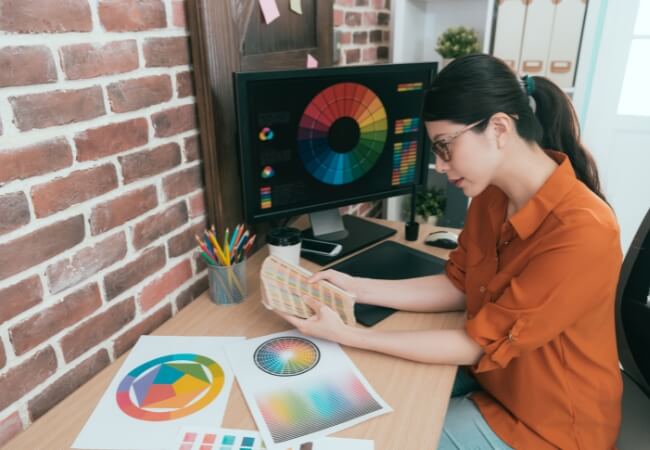Houston’s Premier Graphic Designers at Your Fingertips
In the vibrant and diverse city of Houston, the demand for exceptional graphic design solutions continues to soar. Whether you’re a local business owner seeking to revamp your brand identity or an individual looking to make a powerful visual impact, having access to premier graphic designers is essential. At [Your Design Studio Name], we take immense pride in being at the forefront of Houston’s thriving design scene, offering you a gateway to creativity and innovation.
Our team of seasoned graphic designers in Houston brings a wealth of experience, expertise, and a deep understanding of the local market to every project we undertake. With a keen eye for aesthetics, a mastery of design principles, and a commitment to delivering results, we’re here to transform your ideas into stunning visual realities. When you choose Logos Design Houston, you’re not just selecting a design agency – you’re gaining a trusted partner dedicated to helping you achieve your goals.
The Masters of Graphic Design
As an art form and profession, graphic design owes much of its evolution and innovation to a select group of individuals whose groundbreaking work has not only left an indelible mark on the industry but has also shaped the way we perceive and engage with visual communication. These individuals, often referred to as “The Masters of Graphic Design,” are celebrated for their unparalleled creativity, design prowess, and lasting contributions.
One of these luminaries is Paul Rand, whose minimalist approach to design revolutionized corporate branding. His iconic logos for companies like IBM and UPS are timeless examples of how simplicity can convey profound messages.









Decoding Graphic Design Principles and Practices
Graphic design is a multifaceted discipline that combines artistic creativity with communication expertise. To truly appreciate its nuances and excel in this field, one must embark on a journey of decoding the principles and practices that underpin effective graphic design.
At its core, graphic design is about visual storytelling. It involves the strategic use of design elements such as typography, color, imagery, and layout to convey messages, evoke emotions, and captivate audiences. Decoding graphic design principles means understanding how to wield these elements harmoniously to create compelling narratives and meaningful visuals.
Typography, for instance, plays a pivotal role in graphic design. Deciphering its nuances involves grasping concepts like font selection, hierarchy, kerning, and tracking. The choice of typeface can dramatically influence the tone and readability of a design, making typography a fundamental aspect to master.
Color theory is another essential component to decode. Understanding how colors interact, evoke emotions, and convey meaning empowers designers to make informed choices in their work. The psychology of color and its cultural significance are key elements in this exploration.
Composition and layout are the blueprints of effective design. Learning how to structure visual elements to guide the viewer’s eye, create balance, and establish hierarchy is crucial. Deciphering grid systems, alignment, and whitespace utilization are skills that separate exceptional designers from the rest.
Technology also plays a pivotal role in contemporary graphic design. Decoding design software and staying current with industry tools and trends are essential aspects of the practice. The digital era has expanded the possibilities for creativity, requiring designers to continually adapt and evolve their skill sets.
Practical experience is invaluable in this field. Deciphering real-world design projects, client briefs, and industry standards is essential for professional growth. Navigating the client-designer relationship and project management are equally significant aspects of graphic design practice.
As designers decode the principles and practices of graphic design, they unlock the potential to craft impactful visuals, elevate brand identities, and communicate messages effectively. It’s a journey of continuous learning, where creativity, strategy, and technical expertise intersect. By mastering these principles and practices, designers can shape compelling narratives, evoke emotions, and create design solutions that resonate with audiences and stand the test of time.
The Business Value of Graphic Design
Graphic design is a pivotal investment for businesses, transcending mere aesthetics to become a strategic tool for success. Its impact on brand recognition, consumer perception, and communication cannot be overstated. Effective graphic design builds credibility, fostering trust and loyalty among customers. It distills complex ideas into visual simplicity, aiding comprehension and memorability. A well-crafted visual identity sets a business apart in competitive markets, enhancing competitiveness and market positioning. In marketing, graphics elevate campaigns, making messages more compelling and persuasive. Beyond enhancing external perception, graphic design aids internal communication and culture, unifying teams under a cohesive brand identity. In sum, graphic design is an integral facet of modern business, elevating its value, reach, and impact in a visually-driven world.


From Local Studios to Global Trends
Drawing design inspirations from local studios to global trends is a cornerstone of creative excellence. Local studios often infuse their work with regional culture, providing a unique perspective. They celebrate authenticity, connecting with audiences on a personal level. On the global stage, design trends transcend borders, reflecting universal shifts in aesthetics and innovation. Monitoring these trends is crucial for staying relevant and competitive. Balancing local charm with global influences allows designers to craft visually compelling and culturally resonant creations. It ensures that design remains dynamic, adaptable, and in tune with an increasingly interconnected world’s ever-evolving tastes and expectations. Ultimately, by exploring this duality, designers can shape designs that bridge the gap between the local and the global, delivering impactful and relevant visual experiences.
Mastering Project Timelines in Graphic Design
Mastering project timelines in graphic design is a cornerstone of successful project management. Precision in scheduling ensures efficient workflows and timely project deliveries. It requires a meticulous approach, encompassing task breakdowns, resource allocation, and deadline management. Clear communication with clients and team members is essential to align expectations and prevent delays. Flexibility is also key, allowing for adjustments when unforeseen challenges arise. Moreover, a proactive approach to time management ensures that ample room exists for revisions and quality assurance. Adhering to project timelines not only instills client confidence but also bolsters the reputation of graphic designers as reliable and professional partners. In conclusion, mastering project timelines in graphic design is a strategic imperative, ensuring projects are executed seamlessly, meeting or exceeding client expectations.
